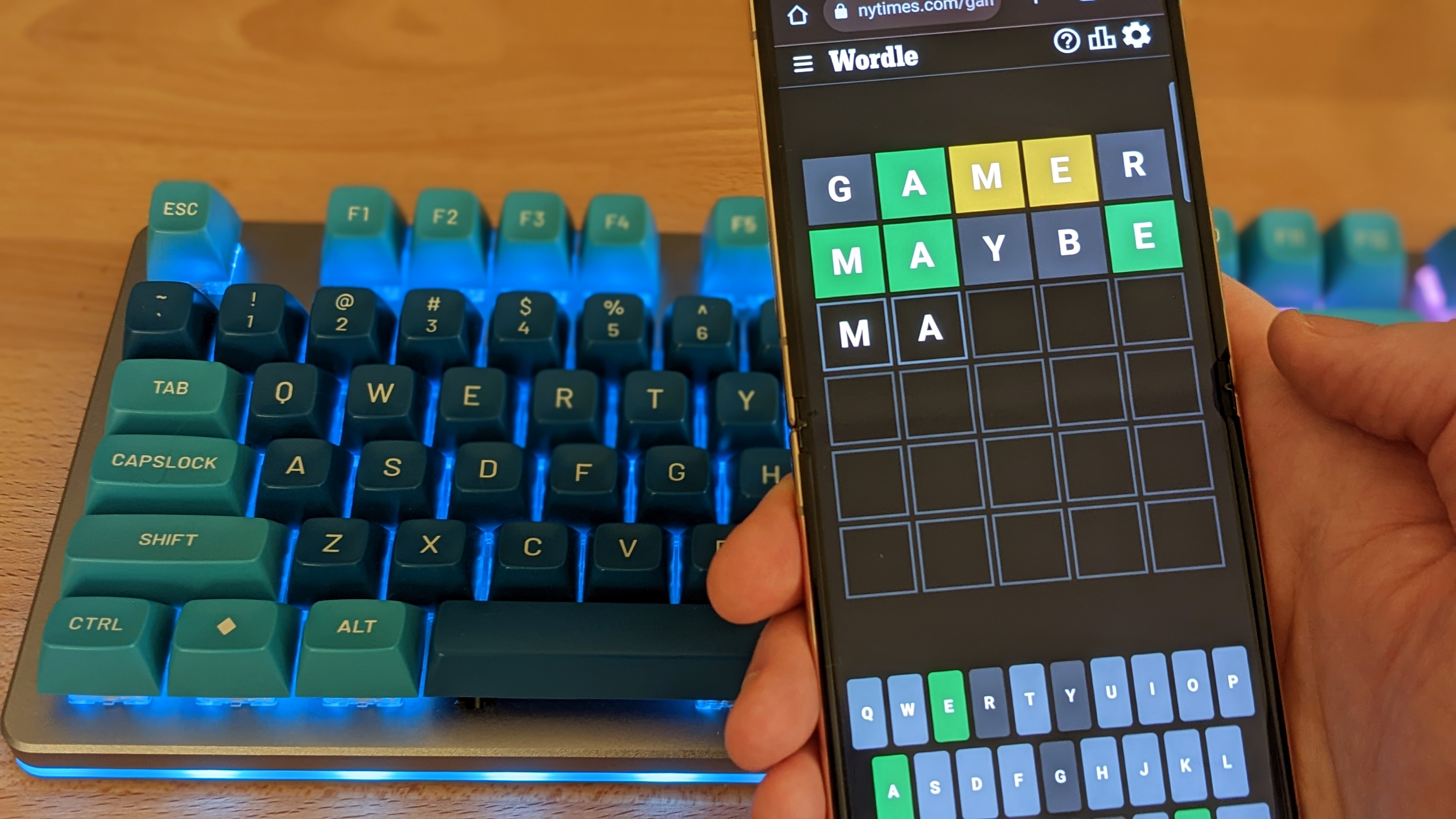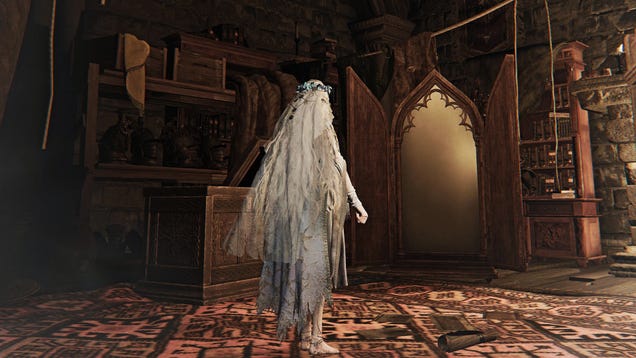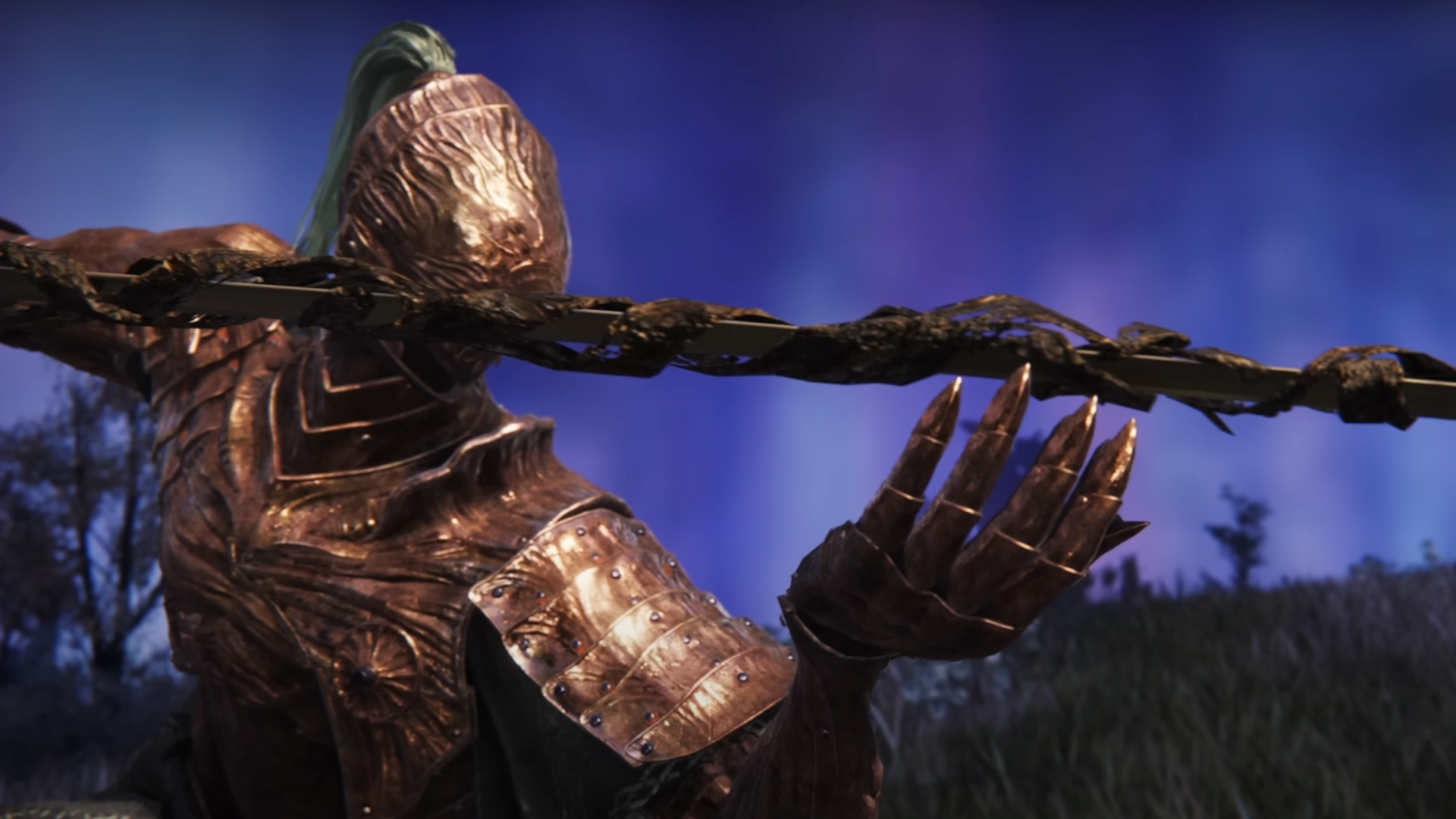
Andor Season 2, Episodes 4-6 Review

Andor season 2’s second batch of episodes picks up another year later, swapping out action for some proper tragedy as the rebellion gets too big for either side to control. But as we get closer to reconnecting with the larger Star Wars universe as a whole, Andor keeps proving itself to be a truly unique addition to the galaxy far, far away.
You know, it occurred to me that in the two reviews I’ve done for Andor so far, I haven’t yet mentioned one of my favorite characters: ISB’s spymaster, Major Partagaz. Partially, it’s because his first name is Lio and I’ve got a thing for regular ass sounding names in sci fi and fantasy (see also: the main character of Dune named Paul), but mostly old Lio is such a calm and incredibly smart presence at the center of the Empire’s counterintelligence operation. He’s also responsible for one of my favorite lines – one of the most representative bits of dialogue in this second chapter.
The line comes in episode 6, when Partagaz assigns the task of keeping watch over the expanding interrogation program, the torturous tactic used on Bix in season 1. When his subordinate says it’s an honor, Partagaz is almost disgusted and reminds the guy to “calibrate his enthusiasm.”
It’s another one of this season’s sneakily funny moments, but it’s also important for me in understanding what this second chapter is about. In this scene, it’s ISB Supervisor Hiet treating an assignment with an overabundance of importance. This rebellion is getting too big to track. There are so many threads being pulled together the signal-to-noise ratio is unbearable. But, my guy Lio is smart enough to see it, and happily dresses down an underling whose excitement needs some adjustment.
This second chapter is dedicated to the idea of losing control. There’s a leveling of the playing field that happens here in what amounts to the dog days of this rebellion. Everybody is getting worn down by the scope of the fight as it’s starting to transition into something bigger. The ISB is complaining about arresting so many people they can’t properly ingest all the intel they’re gathering. Meanwhile, Luthen can’t keep track of how many bugs he and Kleya have planted around Coruscant and it’s starting to freak him out. The climactic moments of these three episodes are built around them retrieving a listening device from Sculden’s art collection in full view of several Imperial officers – including the father of the Death Star, Orson Krennic.
That’s also why a story about spycraft and espionage is the perfect vehicle for what Tony Gilroy and company are trying to do with this show. This season is inherently a little less mysterious than the first, simply because we know all these people a little better. The question is shifting from “What are they planning?” to “How are they getting away with it?” and the complications that arise are all to do with not being fully in control.
This does a couple things: Number 1 is that this idea trickles down to every character and every storyline which, like in the first batch of episodes, really pulls together otherwise disparate storylines. We get to watch unconnected groups deal with very similar things. Number 2 is that it slows the proceedings down a little bit, which has a good and a bad side.
First, the good: I think Bix has a wonderfully tough arc in these episodes. Her version of losing control is managing the drug use she turns to in order to get through her nightmares of Dr. Gorst and that awful sonic torture. She’s also getting left behind while Cassian is out on assignments, which is obviously difficult but also a far cry from the place we first met her in season 1. She’s paid a steep price for this rebellion after having been swept up into it in ways that I’m sure she wasn’t planning on a few years ago.
But the real highlight of this batch of episodes I think is getting to meet Ghorman, the planet that’s home to all those spiders and all those sweet underground Death Star minerals. It’s no small thing that its inhabitants speak their own language and are subtitled, either. I love the decision to do that. Their culture is portrayed so thoroughly that it makes what the Empire is doing to them about more than just a show of fascism or the brutal lengths they’re willing to go to. It’s about the tragedy of a rich and distinct society being fed to the machine of the Empire. They’ve even got their own middle finger-style gesture that apparently is beyond the pale for town hall meetings. It’s a great detail on par with good set design or the right costume. It fleshes out this world we’ve never seen before and immediately communicates that these are a people worth acknowledging.
And of course the key to the Ghor’s story in these 3 episodes is that they are not in control of their own destiny. Ghorman is just another battlefield the Rebellion and the Empire are fighting over. That’s what’s so brilliant about how the planet is used as a story point. We now have an emotional tie to this place that’s a symbol for what this whole arc is about: trying to get a handle on this conflict.
It’s a lens through which we see Cassian realize the would-be rebels there aren’t ready – but what can he do about it? We get to see Luthen say he’s willing to sacrifice them if it makes the Empire look bad and inspires rebels elsewhere in the galaxy. We get to see Vel and Cinta trying to manage their own destinies, though ultimately they can’t because of the role the rebellion asks them to take in situations like Ghorman. We get to see the Empire with a plan to just nudge the planet into chaos, which is actually a back-up plan for them in case they can’t find an alternative to the mineral.
Ghorman is stuck in the middle, with little to no agency in how things are playing out, but its people want to try. It’s a perfect story to illustrate the push and pull of the rebellion while also getting us emotionally invested in their survival. And ultimately that’s what Star Wars has always been. Rooting for the rebellion used to be painted with a much broader brush, but it’s never quite been so nuanced and intriguing as what the team behind Andor is doing here.
Syril and Dedra’s relationship also continues to be maybe the most fascinating thing to watch in season 2. Particularly with how clever the writers are about lining Syril up right next to Ghorman. There’s a great scene between Syril, Dedra, and Major Lio where you can see him being set up in exactly the same way Ghorman is. It’s such an insidious thing, taking advantage of Syril’s ambitions. He’s being manipulated by Dedra and the ISB in a way that starts to make me feel properly bad for the guy. And I don’t think Dedra feels great about what she’s having to do either. Regardless, the situation is out of their hands.
Meanwhile in the senate, Mon is losing control as well. There’s a great montage of her failing at the politics of it all while her fellow senators won’t budge because they’re afraid of an Imperial reaction. Mon’s effectiveness is waning even in how she presents as a troublesome but ultimately harmless senator. Her line about “are we finding criminals or making them?” is very good. It’s her trying to more directly and openly stand up to the Empire and it’s proving to work less than the more casual obstructionist thing that she had been doing.
The only guy in this arc who’s really not stressing about being in control is Saw Guerra. Where the dramatic irony of his character is concerned – the fact that we see him get blown up along with the rest of Jedha in Rogue One – he’s a guy that’s absolutely thriving in this environment. It’s a great touch to have one character be very aware and very okay with the fact that this will not end well for him. You need that contrast in telling this story. The point of Andor is to largely avoid being as cut-and-dried, good-versus-evil as the original Star Wars, to dig into the gray areas and the infighting that emerge when organizing a revolution.
Having said that, you also need the contrast of this storyline. Saw’s part in this batch of episodes is the one that feels most like a bit of business leading into Rogue One. We don’t learn anything new about Saw, and the way he radicalizes Wilmon doesn’t push the character too much farther from where he already was. Seeing them at D’Qar, a location we know from The Force Awakens, was an Easter egg that threw me a little. I feel like Andor is so devoid of that sort of thing that those grass covered hangers pulled me out of the episode. I mean, it’s not like Yoda showed up out of nowhere, thank the maker, so they’re keeping those larger franchise connections to a minimum.
So as I mentioned up front, there’s some positive to pumping the breaks a little with these three episodes, but there is also something I think I might be missing: Some good old-fashioned Star Wars action sequences. We got a little bit in chapter 1, with Cassian stealing the TIE Fighter and the fleeing the farming planet. But six episodes in and we don’t have anything quite as thrilling as Luthen evading the Empire like he did in the first season, or the heist and escape through the Eye of Aldhani.
But regular thrills and chills are not what Andor is about, very much by design. This is the forgotten side of the rebellion. The side that won’t get a medal on stage in front of the whole squad and that we as an audience aren’t as familiar with. So in that respect it shouldn’t look like the Star Wars that we’ve known since the ’70s. This is a show about smaller wins that have bigger implications.
Yet there’s a side of me that needed a little more action out of these episodes. Admittedly, I could very well be wrong, but it feels a little strange to end the week with Kleya struggling to remove a microphone from an ancient stone book. As tragic as Cinta’s death was, the very deserved thrashing that Vel gives to the Ghorman rebel who killed her is undercut a bit by Luthen and Kleya laughing on their way out of the party. And I was very excited for Bix to get her revenge on Dr. Gorst, because I’m both invested in her as a character and it’s a wonderful little bookend to the idea of taking a certain amount of control back at the end of this arc. Still, episode 6 wraps up in a fairly uneven way.
Cassian and Bix get to walk away from an explosion, which is nearly always cool, though, so that’s at least something. But if I need more action out of this series in particular, it’s probably time to calibrate my enthusiasm.








